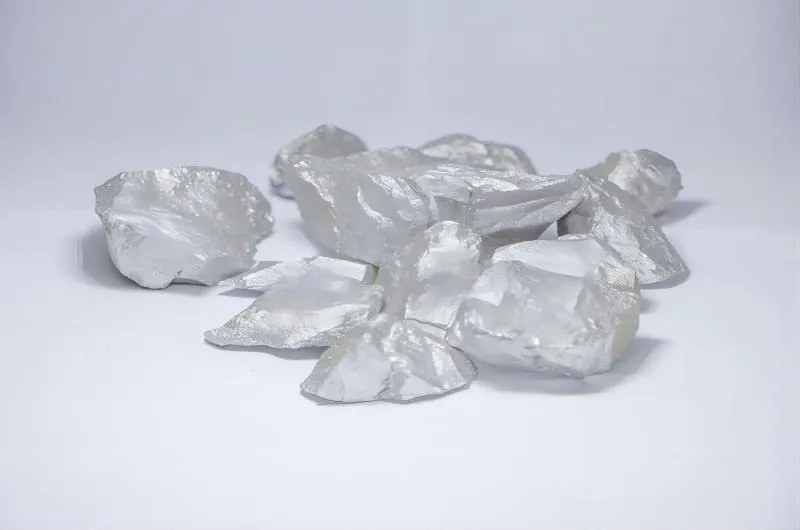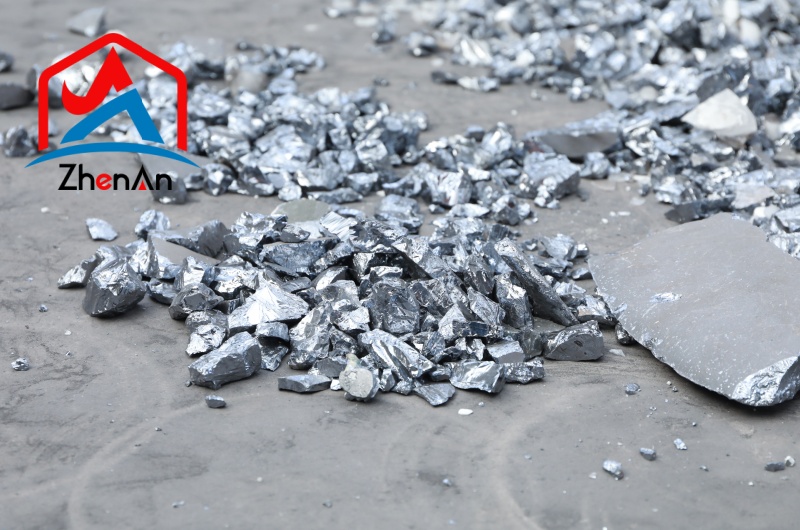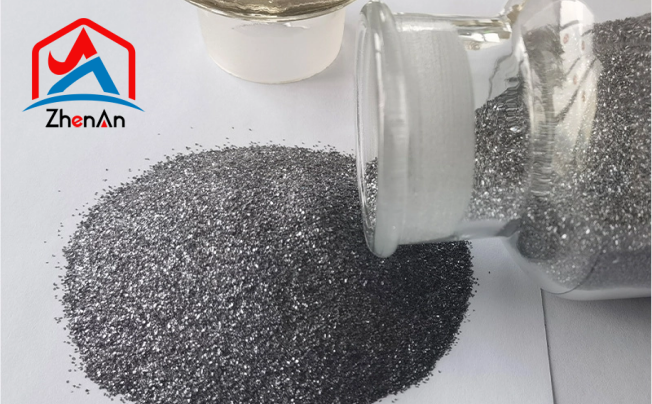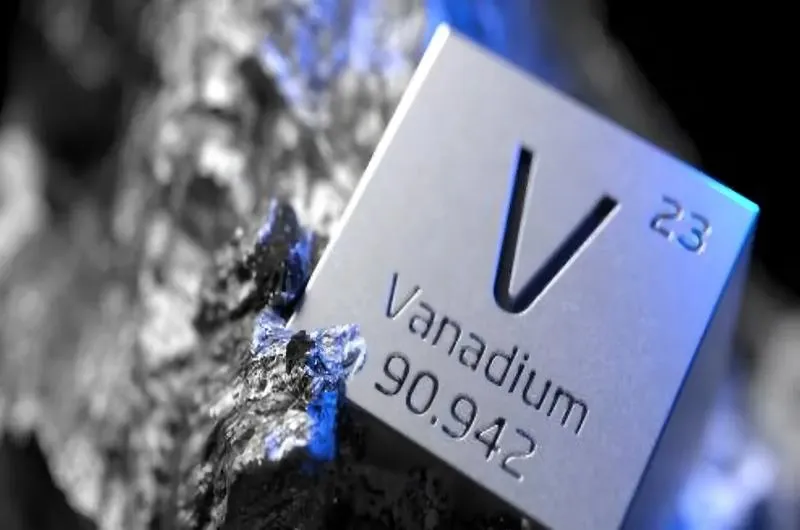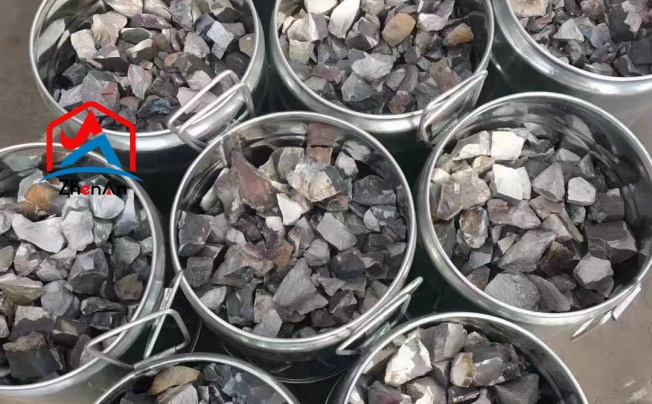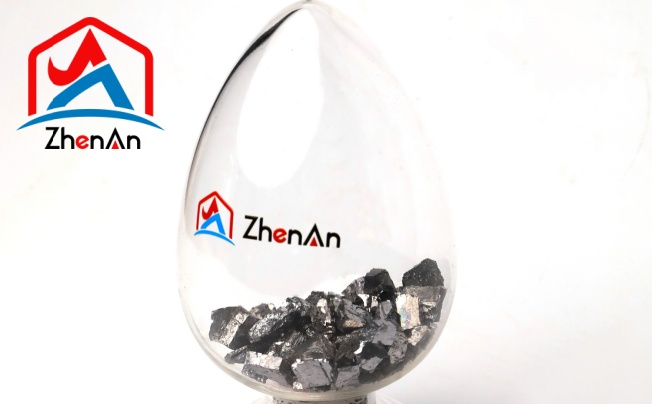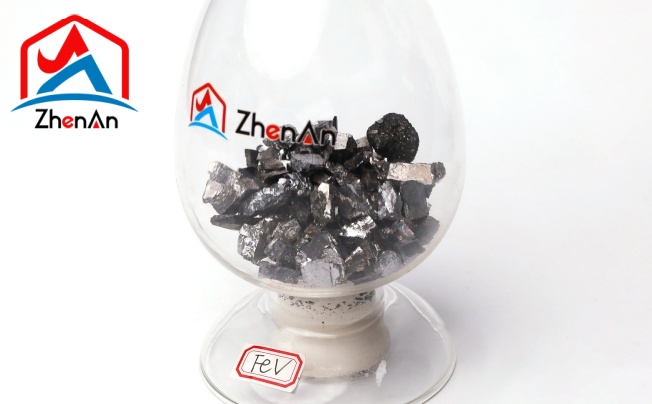BY  GENN
GENN
2024/04
Blog
Matters Concerning Welding Of Ferrotitanium
Definition of Ferrotitanium
Ferrotitanium can be defined as an alloy containing both iron (Fe) and titanium (Ti) as its primary constituents. The proportion of these elements can vary depending on the specific grade and intended application of the alloy.
Typically, ferrotitanium consists of around 20-75% titanium content by weight, with the remaining composition being predominantly iron along with trace amounts of other elements such as carbon, silicon, and aluminum. This alloy undergoes processing through smelting techniques to achieve desired chemical compositions and physical properties tailored to meet specific industrial requirements.
Titanium Content and Its Impact on Weldability
One of the key factors influencing the weldability of ferrotitanium is the titanium content within the material. Titanium has a high affinity for oxygen, nitrogen, and hydrogen, which can lead to the formation of brittle intermetallic compounds during welding. The presence of these compounds can significantly reduce the mechanical properties and overall weld quality of ferrotitanium.
Therefore, variations in titanium content can directly affect the ease of welding and the integrity of welded joints. Higher titanium content in ferrotitanium generally results in increased difficulty during welding processes due to higher susceptibility to embrittlement.
It is crucial for welders to carefully control welding parameters such as heat input, interpass temperature, and cooling rate to minimize the formation of detrimental phases associated with high titanium concentrations. Understanding how titanium content influences microstructural changes during welding is essential for achieving sound welds with optimal mechanical properties.
Moreover, excessive titanium levels can also lead to increased reactivity with atmospheric gases, resulting in porosity and contamination issues within the weld pool. Proper shielding gas selection and adequate purging techniques are vital when working with ferrotitanium containing higher amounts of titanium to prevent these unwanted defects and ensure successful weld outcomes.
Carbon Content and Its Effect on Welding Processes
The carbon content present in ferrotitanium plays a significant role in determining its weldability characteristics. Carbon affects several aspects of welding processes, including heat input requirements, solidification behavior, and overall weld microstructure.
Higher carbon levels tend to increase fluidity during welding due to lower melting temperatures of carbide-forming elements present in ferrotitanium compositions. However, excessive carbon content can also promote carbide precipitation along grain boundaries post-welding, leading to reduced ductility and toughness in the heat-affected zone (HAZ).
Balancing carbon levels is crucial for maintaining proper metallurgical stability during fusion welding operations on ferrotitanium materials. Welding techniques must be selected carefully based on carbon concentration to prevent cracking tendencies caused by rapid cooling rates or thermal gradients within the welded structure.
In addition, variations in carbon content may influence the formation of complex phases such as sigma phase or other hard intermetallics that can compromise joint integrity. Detailed pre-weld material analysis and precise control over heat treatment procedures are necessary when dealing with ferrotitanium grades containing differing carbon amounts to achieve reliable welded connections without detrimental microstructural transformations.
Alloying Elements and Their Influence on Weld Quality
Besides titanium and carbon contents, alloying elements present in ferrotitanium alloys also have a profound impact on weld quality. Common alloy additions such as aluminum, vanadium, niobium, or zirconium contribute significantly to strengthening mechanisms but can pose challenges during welding due to their influence on phase transformations and solidification behavior.
The interaction between alloying elements can modify grain growth kinetics during thermal cycling associated with fusion processes like arc welding or electron beam welding on ferrotitanium components. These modifications may affect mechanical properties such as hardness distribution across welded joints or susceptibility to stress corrosion cracking under service conditions.
Selective enrichment or depletion of specific alloying elements near fusion boundaries could result from non-equilibrium solidification phenomena encountered during rapid heating cycles involved in arc-based joining methods used for ferro-titaniuim substrates containing multiple additives like aluminum-tiatanuim-boron systems . Thus , careful optimizationof filler metal composition , preheat procedures ,and post -weld thermal treatments is essential when combinging versatile fusion techniques with multi-component al;lo;y designs .
Challenges in Welding Ferrotitanium
Formation of Brittle Phases During Welding
When welding ferrotitanium, one of the main challenges that welders face is the formation of brittle phases during the welding process. This can occur due to the high titanium content in ferrotitanium, which can lead to the formation of intermetallic compounds that are prone to cracking.
These brittle phases can significantly compromise the integrity and strength of the weld joint, making it crucial for welders to carefully control welding parameters and techniques to minimize their occurrence. To mitigate the formation of brittle phases during welding, proper preheating and post-weld heat treatment procedures are often employed.
Preheating helps to reduce thermal gradients and stresses in the welded material, while post-weld heat treatments such as stress relieving or annealing can help alleviate residual stresses and promote a more uniform microstructure. Additionally, selecting appropriate filler materials with controlled dilution levels can also play a significant role in reducing the susceptibility to brittle phase formation.
Moreover, maintaining strict cleanliness standards during welding operations is essential to prevent contamination that could further exacerbate the formation of brittle phases. Controlling factors such as shielding gas purity, base metal cleanliness, and proper cleaning procedures before welding are all critical aspects that must be carefully monitored when working with ferrotitanium to avoid detrimental effects on weld quality.




